Mindfulness skills adapted from ancient spiritual traditions of self-discovery have been incorporated into therapeutic modalities for well over 30 years. However, using mindfulness outside of these spaces can be challenging due to time constraints and motivation. To help strengthen its effect in counseling spaces and integrate it more evenly throughout your life, getting it off the cushion can be a helpful first step.
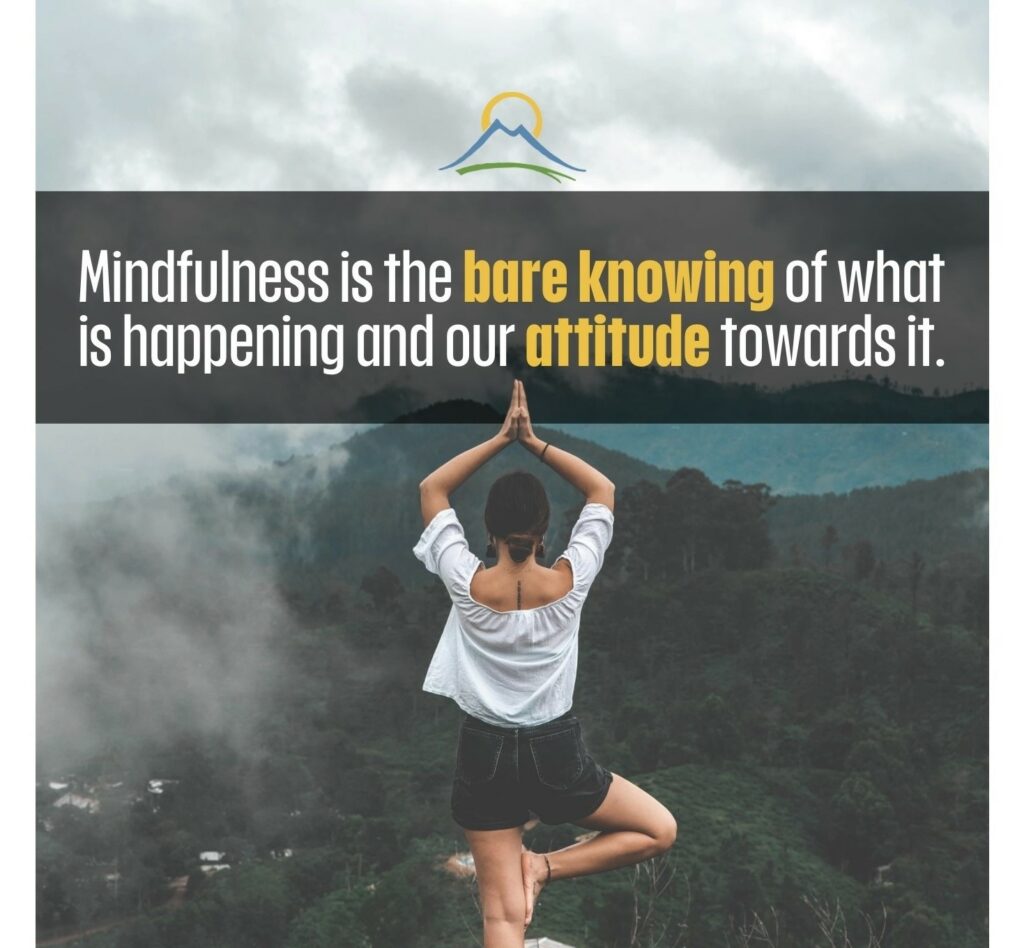
Mindfulness is Therapeutic and Has Many Shapes
I claim that mindfulness is everywhere and is the fundamental arena of our experience. Its value is legitimized by legions of therapeutic modalities that incorporate its practice within their frameworks, both implicitly and explicitly.
Though pulled from Buddhist and Hindu practices, mindfulness is a fundamental component of Acceptance and Commitment Therapy (Hayes et al., 1999), Dialectical Behavior Therapy (Linehan, 1993), Mindfulness Existential Therapy (Nanda, 2010), and Mindfulness-based Cognitive Therapy (Segal et al., 2002), to name a few. Though cognitive behavioral approaches use rational disputation, I would argue you’d have to be mindful that something was there to refute it.
Mindfulness can be sliced many ways and layered into the strata of almost all therapeutic orientations. Still, I will adhere to the culturally and spiritually rooted definition provided by 50-plus-year meditator Joseph Goldstein (Goldstein, 2021, December 31), where he states mindfulness is the bare knowing of what is happening and our attitude toward it. Though we ultimately work towards accepting our experience, this is only sometimes the case. What I like about this definition is it expands to integrate curiosity about our experience and permits feelings other than acceptance and equanimity to be present.
Let’s Start to Take It Off the Cushion
Mindfulness, often associated with the tranquility of meditation cushions and serene settings, is not confined to these parameters. In truth, it is a tool accessible anytime and anywhere. This includes therapeutic environments, where practicing mindfulness can transform a counselor’s office into a heightened mindfulness and healing space. While it’s undoubtedly beneficial to set aside dedicated time for mindfulness practices, the beauty of this discipline is its adaptability to our everyday lives.
The essence of mindful mindfulness can be integrated, whether during a busy commute, amid a heated discussion, or even while doing mundane chores. Like any skill, the more frequently practiced, the more naturally it appears when needed. Thus, while seated meditations are valuable, consistently weaving mindfulness into the tapestry of our daily lives ensures it’s available, especially in moments of duress or decision.
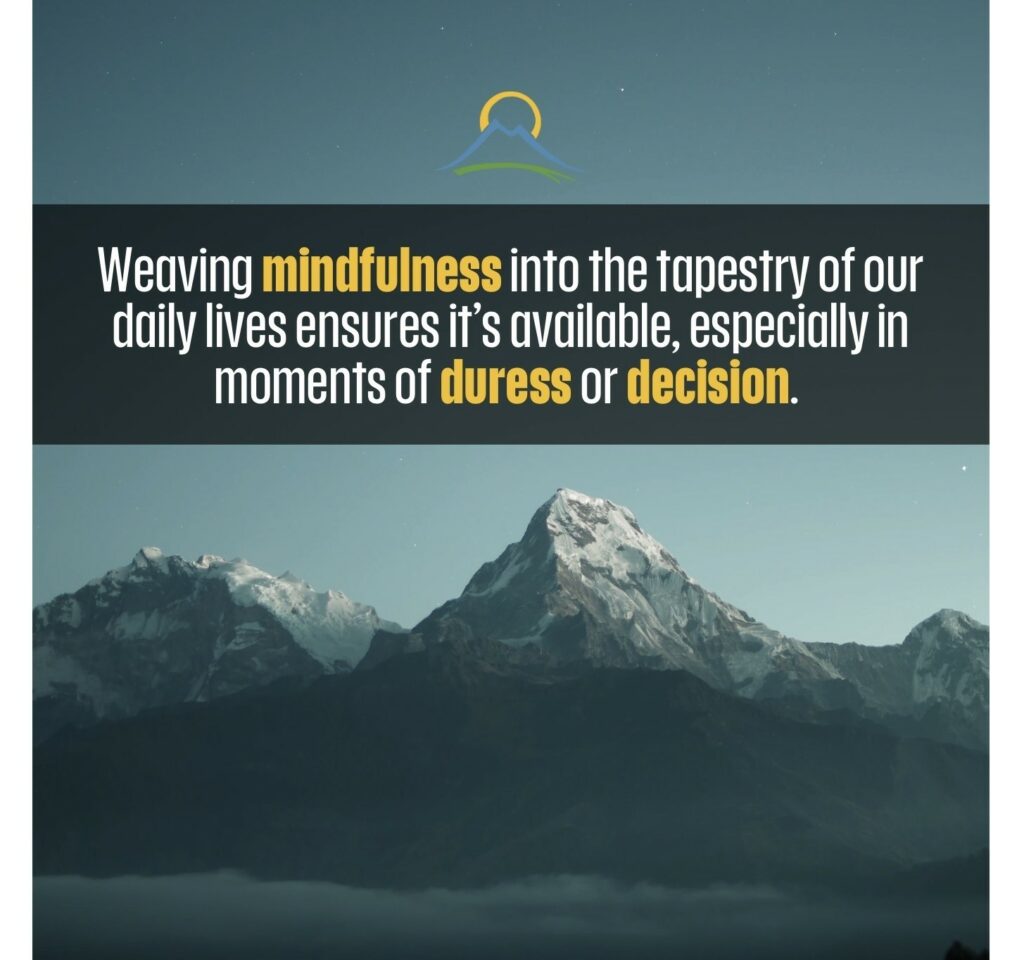
A Different and Accessible Approach
Here’s the trick: make your mindfulness practice accessible by simply noticing quick slices of your experience throughout your day. For example, when you touch the doorknob leaving your house, you might notice that it feels cold, or when you enter a coffee shop full of people, you’ll detect an increasing din, or when a car drives by, you might register the smell of exhaust. The key here is to remember to sample your experience throughout your day. The value in periodically remembering to be aware of your experience is that it builds natural and low-maintenance momentum of mindfulness.
How does this apply to your emotions and psychology? I hypothesize that if you’re taking mere moments to rest in mindfulness throughout your day, the probability you catch a snapshot of your internal flow of feelings increases. Instead of only being swept away in a stream of frustration when you miss your bus, you might also be aware that you are being swept away, and that is truly gold. You can only address emotional states or thoughts if you are aware of them. What is the ingredient that keeps us coming back to the present moment? Curiosity.
To help strengthen your practice, cultivate curiosity about your experience and bring it into all sense doors: touch, taste, hearing, sights, smells, thoughts, and feelings. To expand your support and increase your interest, Being Well is a well-researched and presented psychology podcast that incorporates mindfulness and has respected clinicians as guests. Suppose you want to extend a little into the spiritual and get more involved in traditional meditation practices. In that case, teachers like Lama Rod Owens, a “buddhist minister, author, activist, yoga instructor, authorized Lama, Queen” (Owens, 2023, para. 1), Sharon Salzberg, Tara Brach, Joseph Goldstein, and the revered Ram Dass all have podcasts that focus on practice, philosophy, and spirituality.
References
- Goldstein, J. (2021, December 31). What mindfulness is (& isn’t) (No. 113) [Audio podcast episode] In Insight Hour. What Mindfulness Is.
- Hayes, S. C., Strosahl, K. D., & Wilson, K. G. (1999). Acceptance and commitment therapy (Vol. 6). Guilford press New York.
- Linehan, M. M. (1993). Dialectical behavior therapy for treatment of borderline personality disorder: implications for the treatment of substance abuse. NIDA research monograph, 137, 201-201.
- Nanda, J. (2010). Embodied Integration: Reflections on Mindfulness Based Cognitive Therapy (MBCT) and a Case For Mindfulness Based Existential Therapy (MBET). A Single Case Illustration. EXISTENTIAL ANALYSIS, 21(2), 331-350.
- Owens, R. (2023). Lama Rod Owens. Lama Rod Owens.
- Segal, Z. V., Teasdale, J. D., Williams, J. M., & Gemar, M. C. (2002). The mindfulness‐based cognitive therapy adherence scale: Inter‐rater reliability, adherence to protocol and treatment distinctiveness. Clinical Psychology & Psychotherapy, 9(2), 131-138.


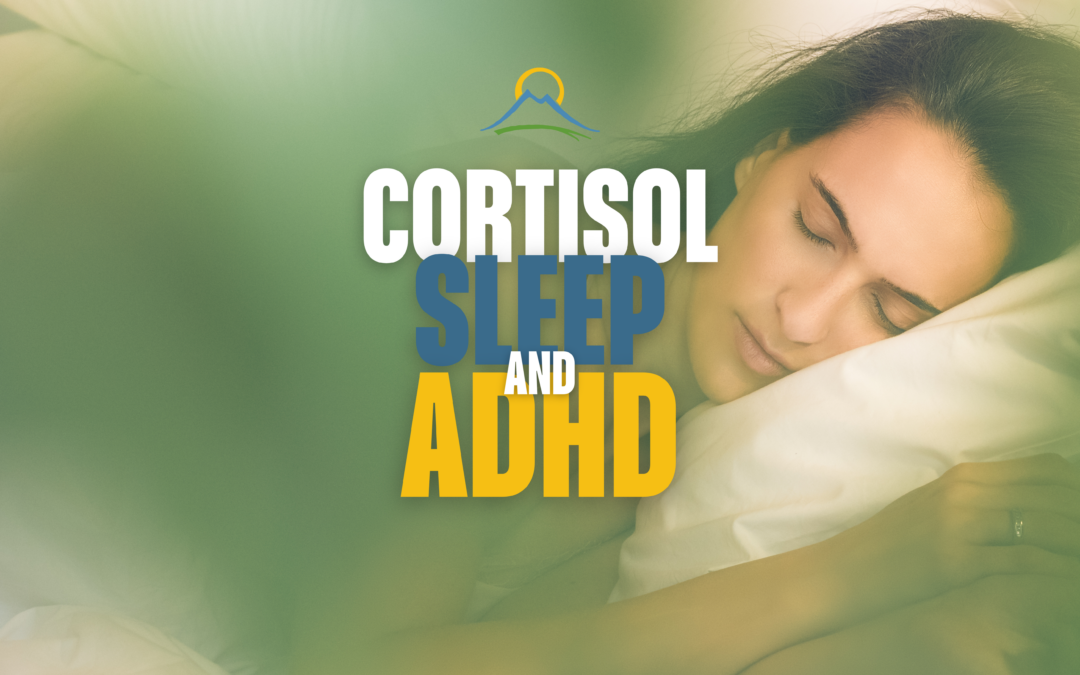

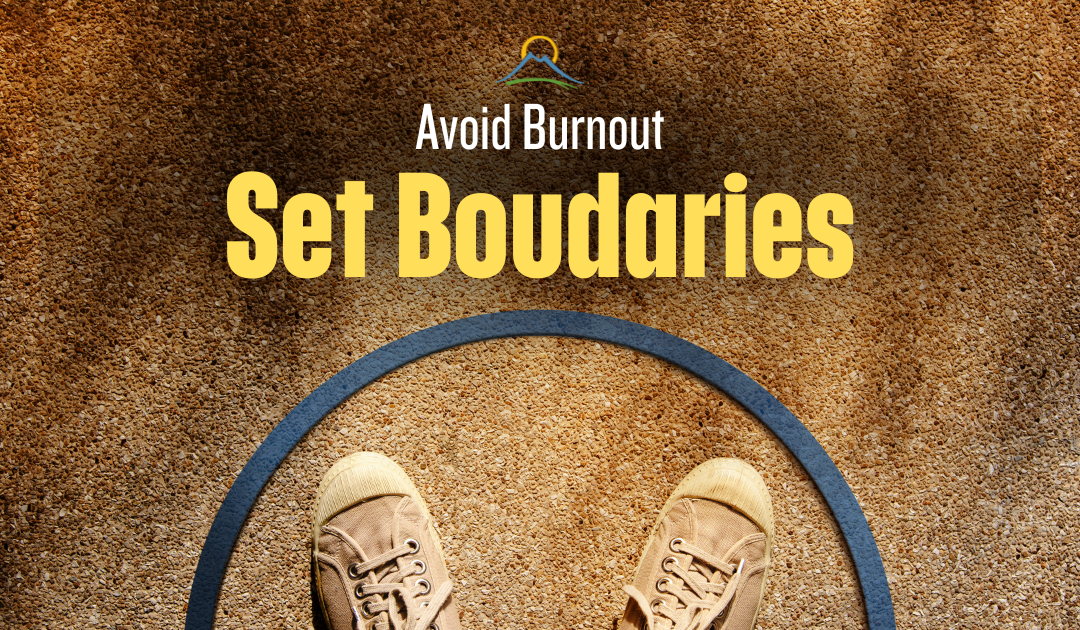


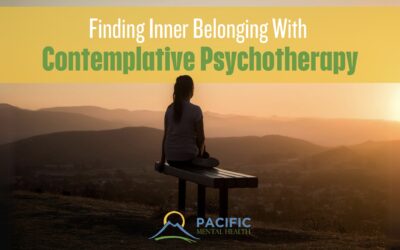

0 Comments